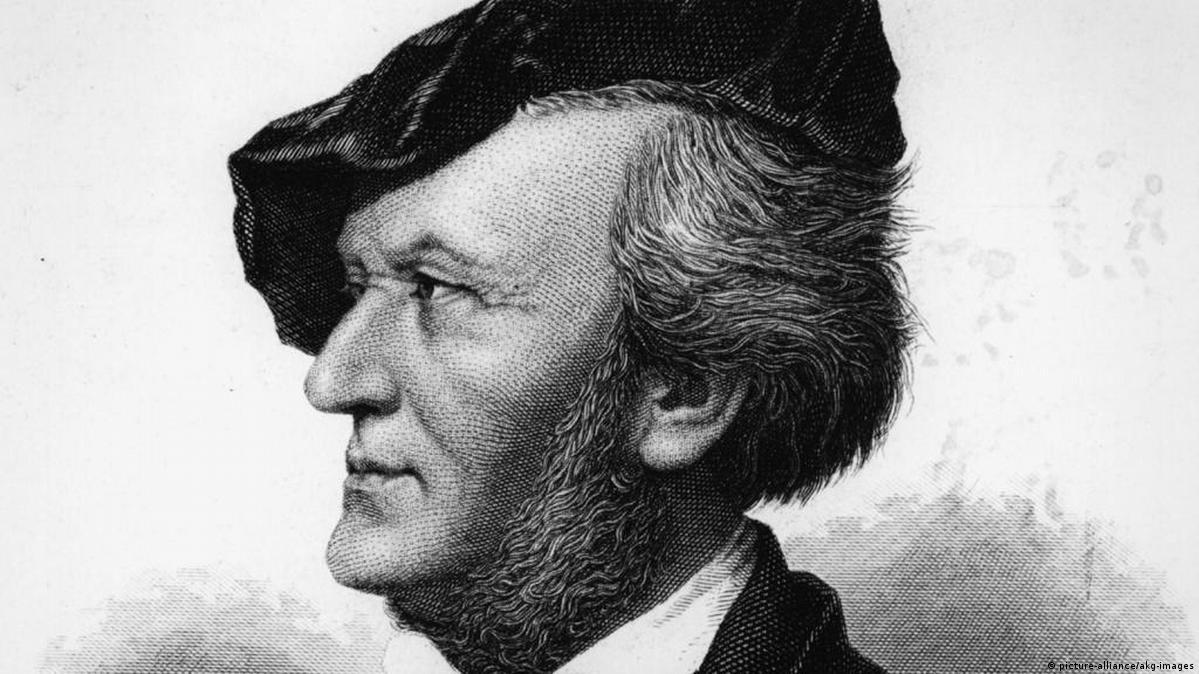Richard Wagner, the renowned German composer, conductor, and theater director, left an indelible mark on the world of music with his monumental works and innovative artistic vision. However, beyond his musical genius, Wagner’s life and personality were riddled with fascinating curiosities that add a layer of intrigue to his already captivating legacy. Join us on a journey as we explore some lesser-known aspects of Richard Wagner, shedding light on the enigmatic man behind the timeless compositions.
- Musical Prodigy Turned Failed Pianist: Although Wagner is celebrated as a musical genius, his early attempts as a pianist were less successful. He initially pursued a career as a concert pianist but faced setbacks due to his unorthodox technique and unconventional hand position. Despite his shortcomings as a pianist, Wagner’s compositional talents would ultimately overshadow his struggles at the keyboard.
- Wanderlust and Exotic Inspirations: Wagner possessed an insatiable wanderlust and drew inspiration from diverse cultures. He embarked on extensive travels, visiting cities such as Paris, London, Venice, and even the Middle East. These experiences enriched his understanding of different musical traditions, leading to the incorporation of exotic elements in his compositions, such as the “Tristan chord” in his opera “Tristan und Isolde.”
- Musical Dictatorship: The Bayreuth Festival: Wagner’s desire for complete artistic control led to the establishment of the famous Bayreuth Festival. This unique festival was dedicated exclusively to the performance of Wagner’s works, ensuring that his vision was faithfully realized. The festival’s theater, known as the Festspielhaus, was designed according to Wagner’s specifications, including the hidden orchestra pit and unique acoustics.
- Love and Scandal: Wagner’s personal life was marked by passionate romances and scandalous affairs. His love affair with Mathilde Wesendonck, the wife of his patron, Otto Wesendonck, served as the inspiration for his opera “Tristan und Isolde.” Additionally, his relationship with Cosima, Franz Liszt’s daughter, caused public outrage due to the illicit nature of their involvement while both were still married to others.
- Patronage and Financial Woes: Despite his immense musical talent, Wagner struggled with financial difficulties throughout his life. He relied heavily on the support of generous patrons, including King Ludwig II of Bavaria, who provided substantial financial aid. However, Wagner’s lavish lifestyle and ambitious projects often exceeded his means, leaving him perpetually indebted and relying on loans and handouts.
- The Infamous “Ring Cycle”: One of Wagner’s most significant achievements was the creation of his epic four-opera cycle, “Der Ring des Nibelungen” (The Ring of the Nibelung). This monumental work, which spans over 15 hours of music, explores themes of power, love, and the human condition. Its orchestral complexity and revolutionary use of leitmotifs revolutionized the world of opera and solidified Wagner’s status as a visionary composer.
Conclusion:
Richard Wagner’s life and work continue to captivate audiences worldwide. Behind his legendary compositions lies a complex and enigmatic figure whose genius was fueled by personal struggles, scandalous affairs, and an unwavering pursuit of artistic perfection. By delving into the curiosities surrounding Wagner, we gain a deeper understanding of the man whose music continues to resonate and inspire generations of music lovers.


Comments are closed